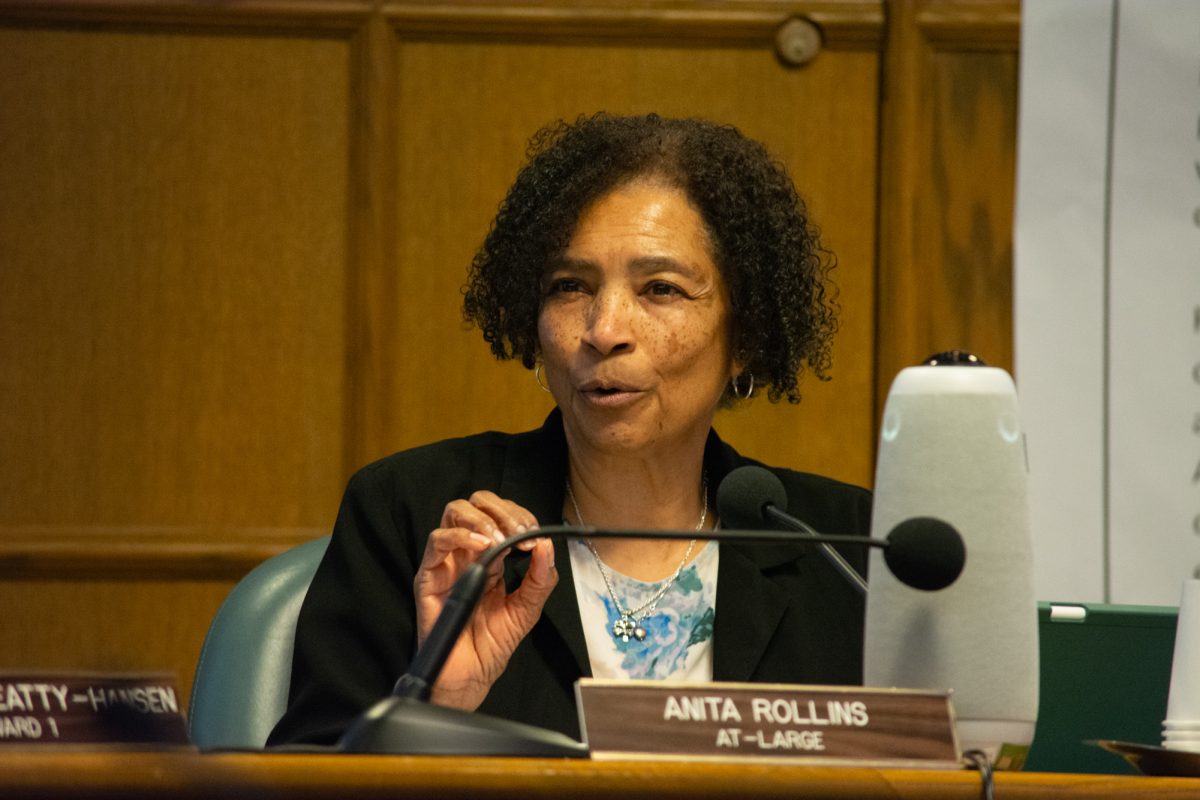Tyrrell: Iowa needs to take more preventative measures to reduce deaths
With the amount of projects in various mediums design students have to do in a semester, it’s no wonder that they are one of the most stressed out students on campus.
December 6, 2018
In recent years, Iowa has taken the lead in suicides, with rates both exceeding the national average and growing faster than many other states. Now, Iowa is taking the lead in a different way by promoting behavioral health in students with the goal of combating those appalling statistics. A handful of school districts across the state have started implementing research-backed practices to prevent suicides, promote positive mental health and more specifically, to negate the impacts of toxic stress.
Toxic stress is what happens when a child experiences protracted and frequent stressful events throughout his or her developing years. Small amounts of stress — for example, stress on the first day of kindergarten — are part of a healthy childhood. But as stressful events become prolonged, intense and unalleviated by a loving adult, the symptoms become toxic to the brain and organs of a developing child.
A person who experiences toxic stress in their childhood may have difficulty coping with their emotions, be more likely to engage in risky behavior and experience mental illness. These are the symptoms that Iowa is attempting to address in recent legislature, which makes mental health and suicide training prevention training mandatory for teachers and implements more mental health services for children.
But if the Iowa Legislature is hoping to address the symptoms, it is the school districts that are trying to fix the root cause. In an interview with the Ames Tribune, Central Rivers school psychologist Dana Miller explains that finding the source of problematic behavior is vital.
“We had to help people understand what our kids are experiencing, that they can’t just check it at the door,” Miller said. “We needed to first understand where the behavior is coming from.”
I believe these schools are on the right track to create a healthier and more holistic approach to education. But there’s another key part that needs to be integrated into the solution, and that is to recognize the intersection of toxic stress and race.
For instance, black women are 3-4 times more likely to die giving birth than white women. This is true despite socioeconomic status, the control of pre-existing health problems and access to medical care. How is this possible?
The fascinating New York Times article “Why America’s black mothers and babies are in a life-or-death crisis” details the brutal truth: the condition of simply being a black woman in America is enough to build up toxic levels of stress in the brain and body that then wear and tear on the immune system and make her more susceptible to mortality during birth.
It’s not a far leap to imagine that this same reasoning applies to other chronic diseases and high rates of mortality among black people, or that such toxic stress could cause a student to do poorly in school. Programs to address the effects of toxic stress on school performance will not be complete until they also include this caveat.
Iowa has a problem with mental health and suicide. Luckily the state legislature is taking strides in the right direction, and a handful of school districts are creating a model of mental health ministrations that should be adopted by schools nationwide, including Iowa State. But our job is not complete, and will not be, until we can face the fact that the experience of simply being black in America is enough to cause students to struggle and fail.







